Stop Using Isopropyl Alcohol Wrong: A Practical Guide to Getting It Right
Over my years in professional restoration and detailing, I’ve seen it all. We have access to an arsenal of high-tech chemical cleaners, but honestly, the one tool I reach for most often is a simple bottle of isopropyl alcohol, or IPA. I still remember an old-timer in the electronics repair business showing me the massive difference between the 70% stuff from the pharmacy and the 99% he special-ordered. That lesson stuck with me. Knowing how a tool works is way more important than just knowing what it’s for.
In this article
Isopropyl alcohol isn’t some magic potion. It’s a chemical solvent with very specific jobs it’s great at, and a few things it can absolutely ruin. Most people think of it just for disinfecting a scrape, but in the pro world, it’s our go-to for everything from cleaning delicate circuit boards to prepping a surface for a flawless finish. The goal here is to share that real-world, hands-on knowledge so you can get better results and, more importantly, avoid some seriously costly mistakes.
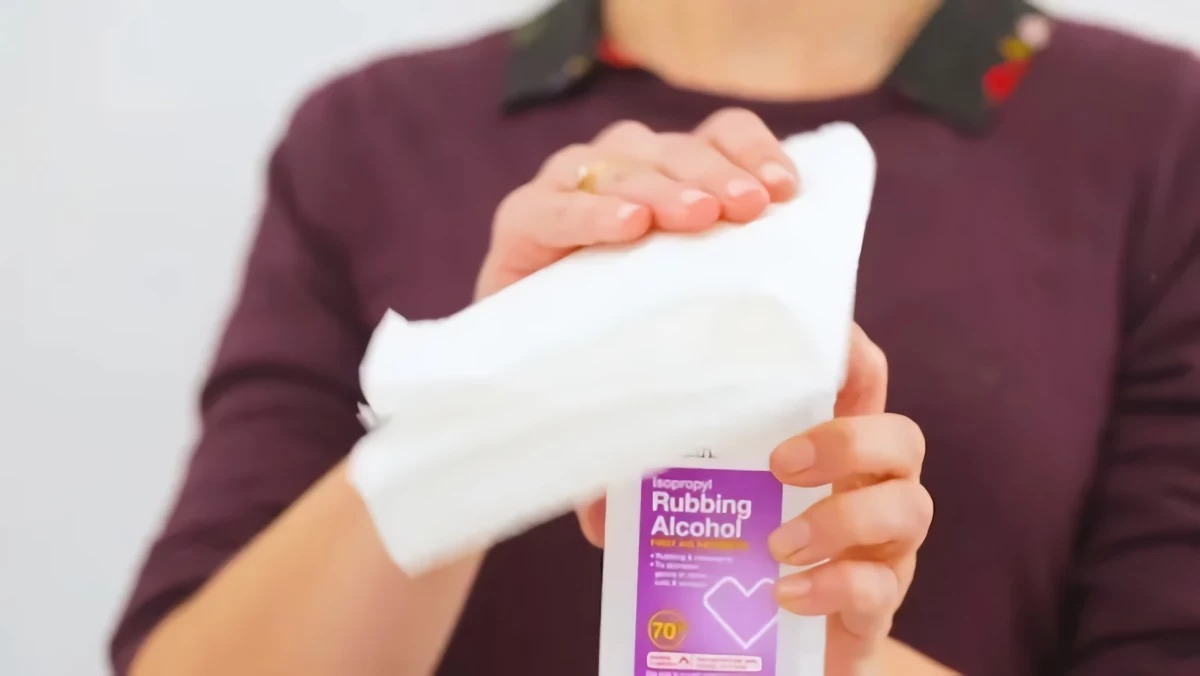
The Lowdown on This Go-To Solvent
To use any tool well, you have to understand it first. Isopropyl alcohol is no exception. Knowing the ‘why’ behind its power is what separates a quick fix from a professional job.
First Off, What Exactly Is It?
Let’s be crystal clear: isopropyl alcohol is NOT the same thing as the ethanol in your weekend cocktail. It’s a completely different chemical compound that is toxic if you drink it, which is why you’ve got to keep it clearly labeled and stored safely away from kids and pets. It’s also different from methanol, another toxic industrial solvent you want to avoid.
The secret to IPA’s versatility is its molecular structure. It has properties that allow it to dissolve a whole range of gunk—like oils, glues, and some inks—that plain water just smears around. Its other superpower is that it evaporates incredibly quickly. This is a huge plus for most jobs, especially with electronics, but it’s also what makes it so flammable.
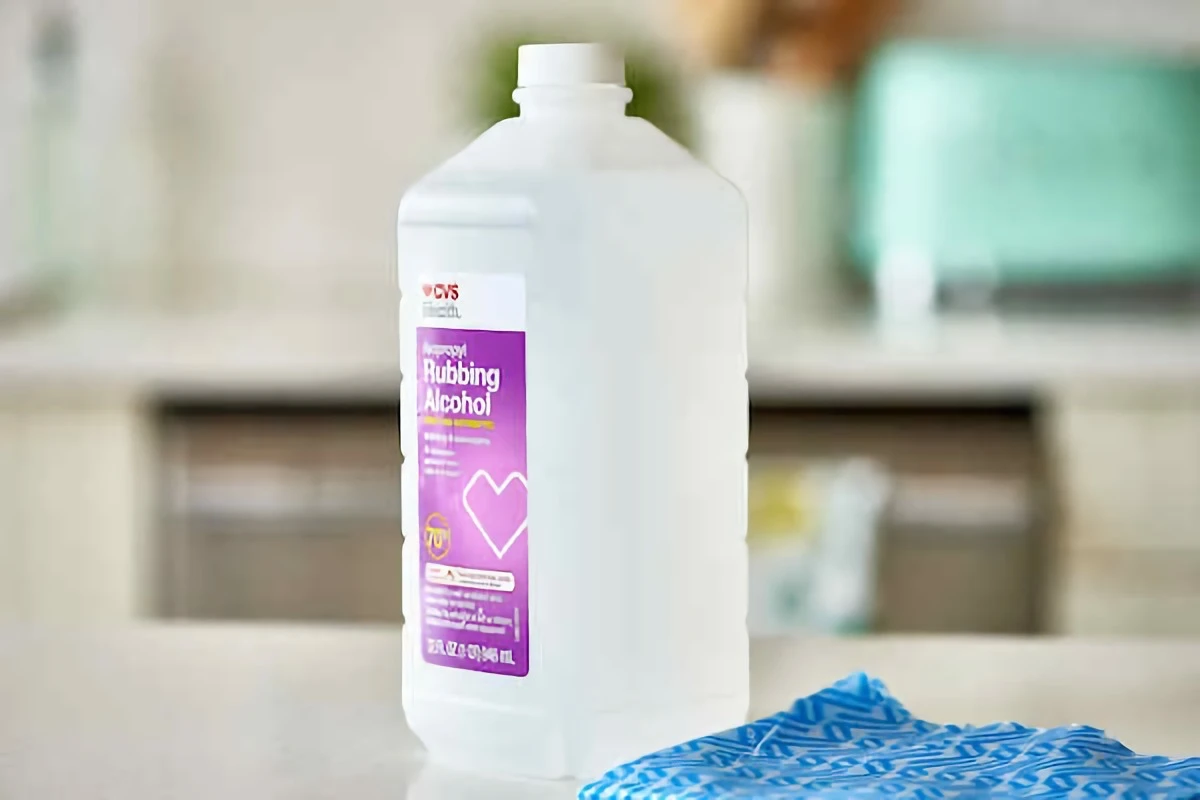
The Real Difference: 70% vs. 91% (and 99%)
Walk into any drugstore and you’ll see two main options: 70% and 91% IPA. You can also find 99% purity online or at electronics supply stores. They are absolutely not interchangeable, and using the wrong one can be pointless or even counterproductive.
Think of 70% IPA as the Disinfectant. For years, I watched new hires grab the bottle with the highest number, thinking “stronger is better” for killing germs. It’s a classic rookie mistake. Health authorities actually recommend solutions with at least 70% alcohol for proper disinfection. Why? Because that other 30% is purified water, and it’s a crucial ingredient. The water helps the alcohol get inside a germ’s cell wall before it evaporates. It basically gives the alcohol enough time on the surface to do its job and destroy the microbe. A 91% or 99% solution can evaporate too fast to be an effective germ-killer.
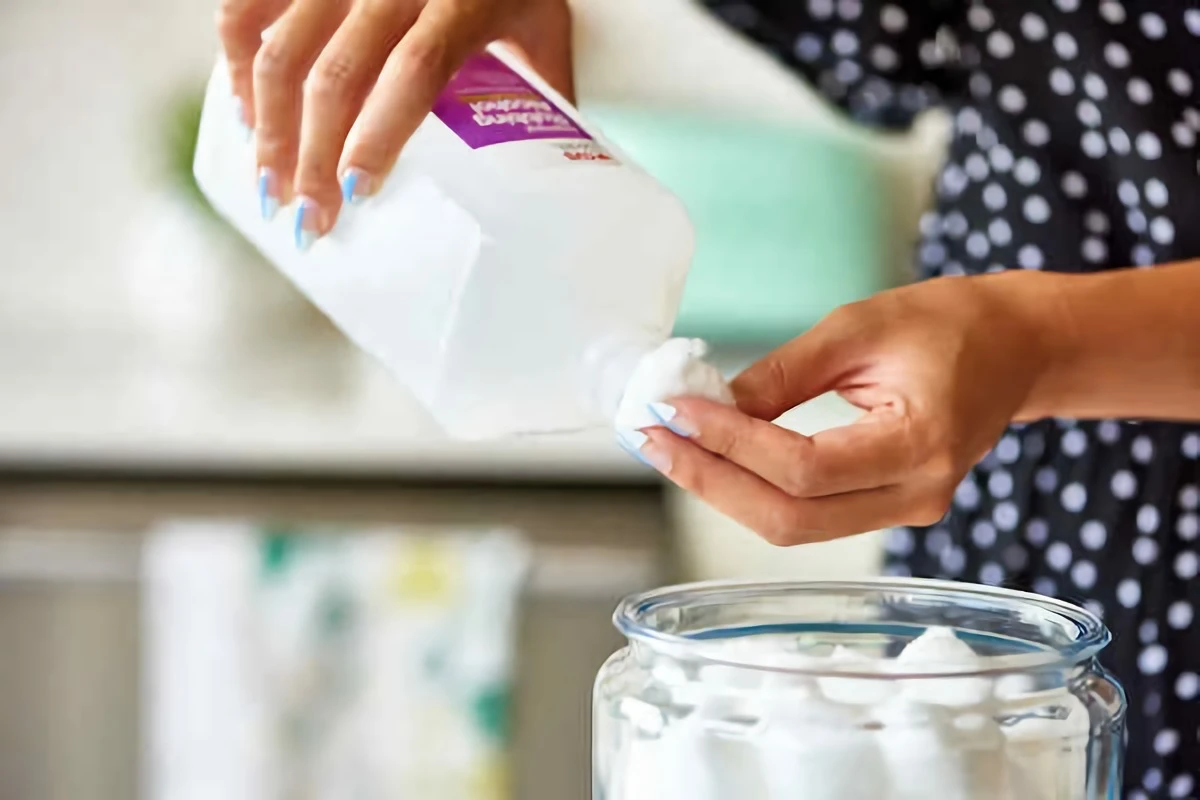
Think of 91% and 99% IPA as the Cleaner and Solvent. When your main goal is to clean something—not sanitize it—the higher concentration is your best friend. With very little water, it evaporates in a flash and leaves behind virtually no residue. This is why it’s the gold standard for cleaning electronics; any leftover water on a circuit board is a recipe for corrosion. It’s also a more potent solvent, making it way better at dissolving sticky label goo, grease, and grime on hard, non-porous surfaces.
Oh yeah, good to know: If you only have 91% IPA on hand but need to disinfect something, you can dilute it. It won’t be a lab-grade mixture, but for general use, you can get pretty close to 70% by mixing roughly 7 parts of your 91% IPA with 3 parts of distilled water. Using distilled water is better than tap, as it won’t leave mineral spots behind.
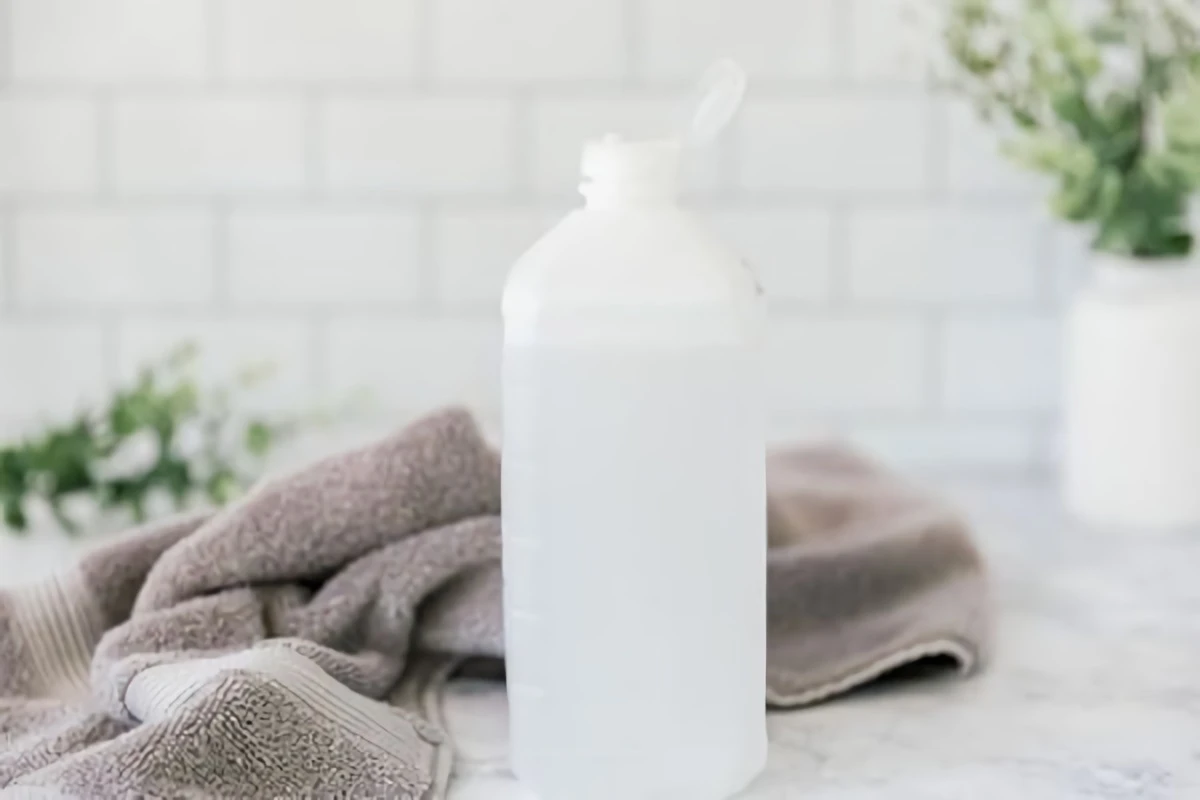
Pro Techniques for Everyday Grime
Alright, let’s get our hands dirty. Here’s how the pros use IPA, with techniques dialed in over years of trial and error. But first, the number one rule I teach everyone: ALWAYS test on a small, hidden spot first. No excuses. This one step will save you from a world of hurt.
1. Defeating Sticky Labels and Glue Gunk
This is a classic IPA job, but your technique makes all the difference. Just scrubbing at a label is a one-way ticket to a bigger, stickier mess.
Here’s the trick: Peel off the paper part of the label first. Then, soak a cotton ball or the corner of a microfiber cloth with 91% IPA and press it onto the leftover adhesive. Now, walk away. Seriously, go check your phone or make a coffee. You need to give it a solid 60 to 90 seconds to work. Don’t rush it! The solvent needs time to break down the glue. You’ll see the gunk soften up. Then, use a plastic scraper or an old credit card to gently lift the goo away. It should come off in a clean sweep.
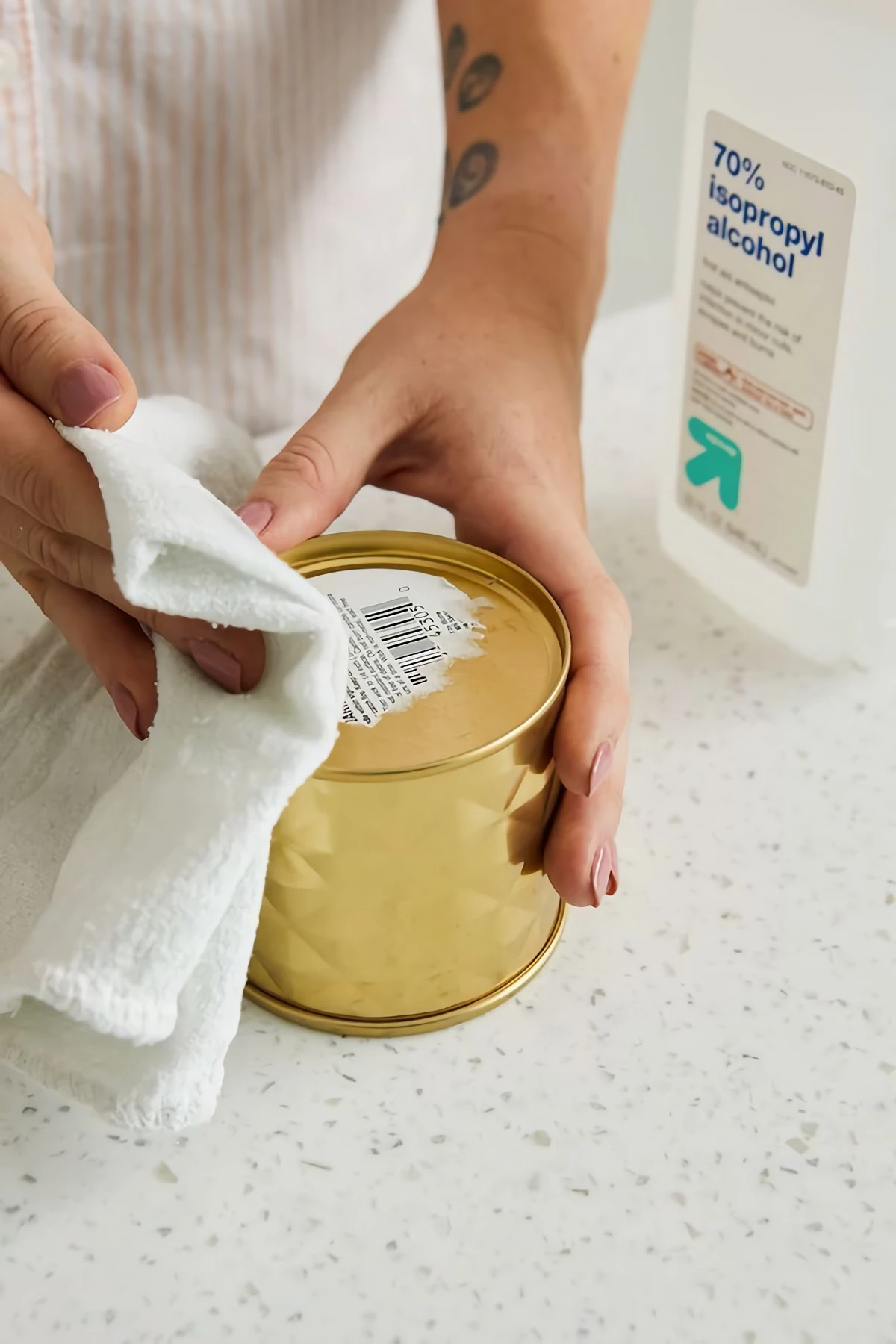
Heads up! This is perfectly safe on glass and raw metal. Be super careful with finished wood, though, as IPA can strip varnish and some paints. On plastics like acrylic, it can cause fogging or even tiny cracks, so testing is mandatory.
2. Safely Cleaning Your Pricey Electronics
In the world of electronics repair, 99% IPA is king. The goal is to get rid of dust, skin oils, and flux residue without leaving behind any moisture or lint.
Always—and I mean ALWAYS—power down and unplug the device first. Never spray IPA directly onto a screen or component. Instead, lightly dampen a clean, lint-free microfiber cloth. And when I say lint-free, I mean it. If you use a paper towel or an old t-shirt, you’re just trading grime for a new coating of tiny fibers, which can get into ports and cause problems. A good pack of microfiber cloths costs less than $15 and is a worthwhile investment.
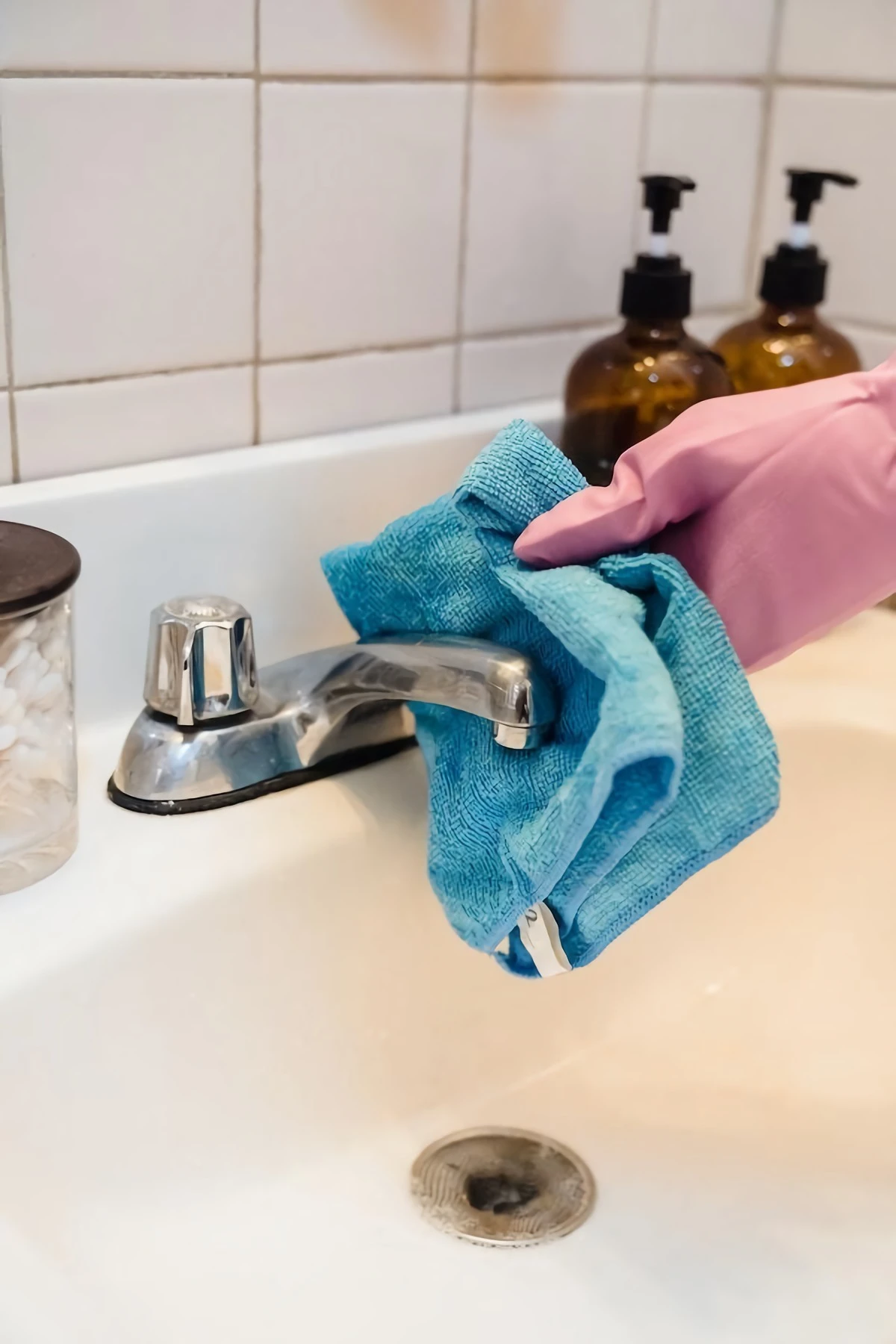
For screens, wipe gently in one direction. For keyboards, a cotton swab dipped in IPA is perfect for getting between the keys. The super-fast evaporation is what makes this process safe.
3. Spot-Treating Ink Stains on Fabric (with Caution!)
This is one of those tips that comes with a big warning label. Yes, IPA can lift ink, but it can also lift the dye right out of your fabric, leaving a faded spot that’s way worse than the original stain.
First, figure out what the fabric is. Stay away from delicates like silk or rayon. It’s generally safer on cotton, but you still have to test. Find an inside seam, apply a tiny drop of 70% IPA, and blot with a white cloth. If any color from the fabric transfers, STOP. If it’s colorfast, place a clean, white towel under the stain to absorb the ink. Then, using another cloth dampened with IPA, gently dab—don’t rub!—the stain. Dabbing pulls the ink through the fabric into the towel below.
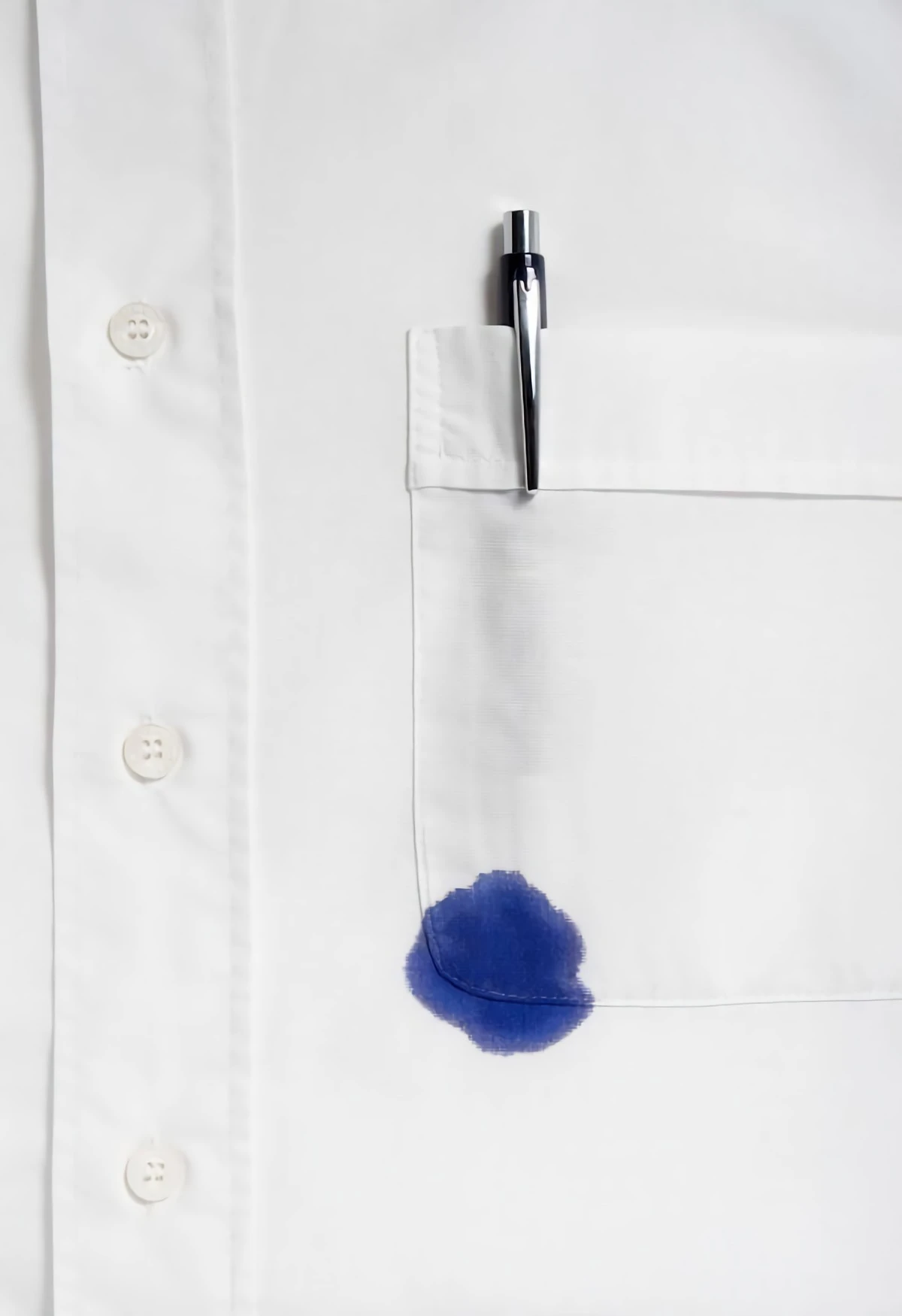
4. Degreasing the Kitchen and Workshop
That sticky film of cooking grease on a range hood or cabinet? IPA cuts right through it. But safety here is non-negotiable. Isopropyl alcohol is highly flammable. Make sure you have good ventilation (open a window!) and there are NO open flames nearby—that includes the pilot light on a gas stove.
For this job, 70% IPA works great. Spray it onto your cloth, not the surface, to control where it goes. Wipe down the greasy areas. You’ll probably need a few clean cloths as they get saturated. Follow up with a water-dampened cloth to remove any residue, then dry. The result is a perfectly clean, streak-free surface.
5. The Secret to a Streak-Free Shine
This is my favorite trick for making chrome fixtures, stainless steel, and mirrors look amazing. The key is a two-cloth system. Wipe the surface with a microfiber cloth lightly dampened with 70% IPA. Then, immediately—before it can air dry—buff the surface with a second, completely dry microfiber cloth. You’ll get a perfect shine with zero streaks.
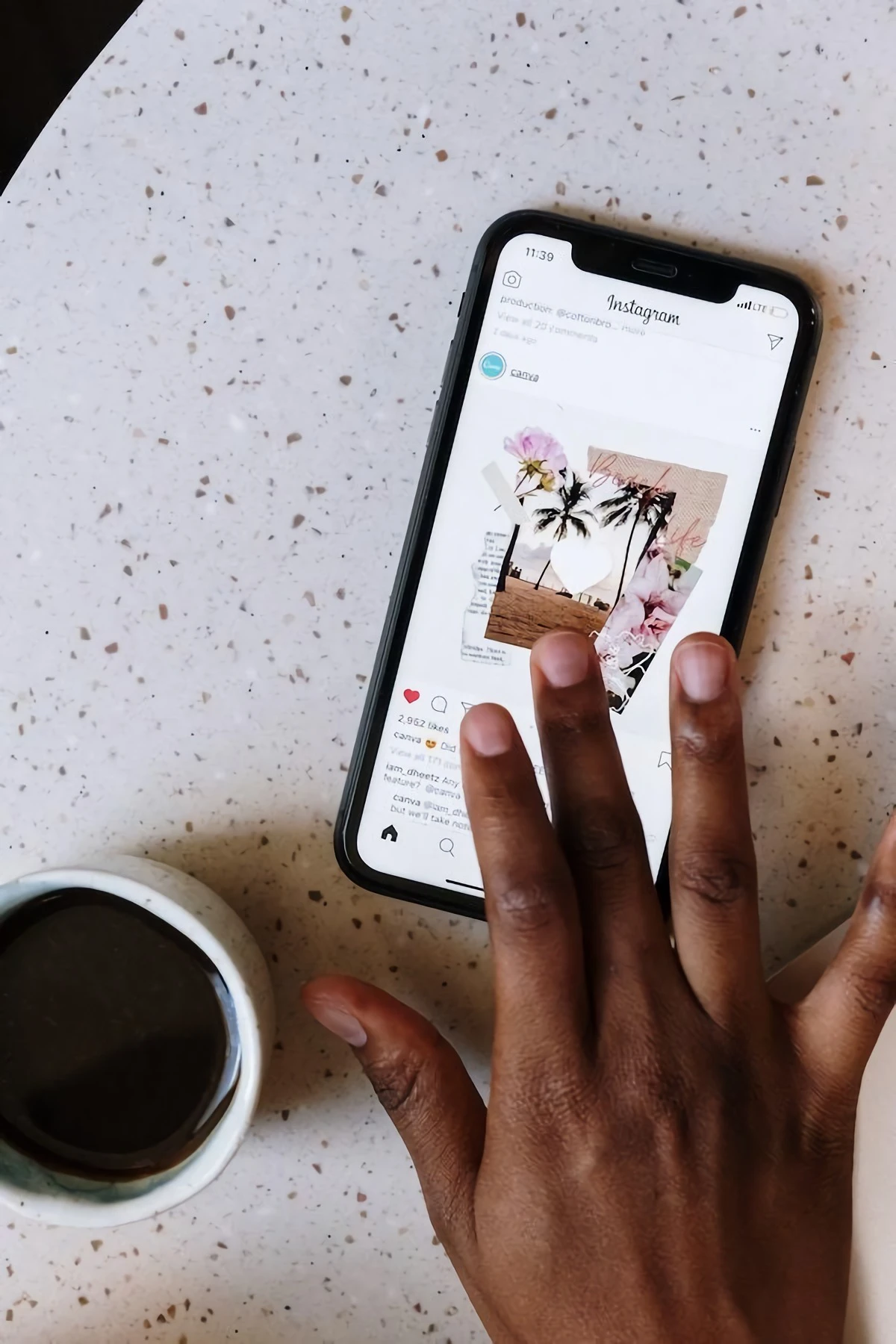
Your 5-Minute Challenge: Go find the grimiest, most fingerprint-covered chrome faucet in your house and try this. The squeaky-clean result will get you hooked!
The Most Important Part: Safety and Storage
I can’t say this enough: treat this chemical with respect. Carelessness is what leads to damaged property or worse.
- Flammability: Its vapors can ignite easily. Keep it away from sparks, open flames, and heat sources. Store the bottle in a cool, dark place.
- Ventilation: The fumes can make you dizzy. Always work in a well-ventilated space. If you feel lightheaded, get to fresh air immediately.
- Skin Contact: It will strip the natural oils from your skin, leaving it dry and cracked. For any real cleaning job, wear nitrile gloves. A quick pro tip: keep a bottle of hand lotion in your workshop or under the sink. After you’re done and the gloves come off, your hands will thank you.
- Waste Disposal: Don’t just toss greasy, IPA-soaked rags in the trash, as they can be a fire hazard. Let them air out completely outdoors until dry before disposing of them. For the 3D printing crowd, never pour used, resin-filled IPA down the drain. It’s hazardous. The best method is to leave the container open in a secure spot outdoors in the sun. The alcohol will evaporate, and the UV light will cure the leftover resin into a solid piece of plastic that you can then throw away.

Where to AVOID Using IPA (Seriously)
Knowing a tool’s limits is critical. Here’s the short list of surfaces to keep IPA away from:
- Finished or Stained Wood: It can dissolve shellac, lacquer, and varnish, completely ruining the finish.
- Certain Plastics: It can cause permanent fogging or cracking on materials like acrylic (Plexiglas) and polycarbonate.
- Delicate Fabrics: Don’t use it on silk, acetate, rayon, or wool.
- Painted or Sealed Surfaces: Unless your goal is to strip the surface, keep it away.
Finding the Right Stuff (and What It Costs)
Getting your hands on IPA is easy. You can find 70% and 91% concentrations in any drugstore or supermarket for just a few bucks a bottle. For the really pure 99% stuff, you’ll probably have to visit an electronics supply store or order it online. Expect to pay a bit more, maybe $15 to $25 for a quart, but a bottle goes a long way.
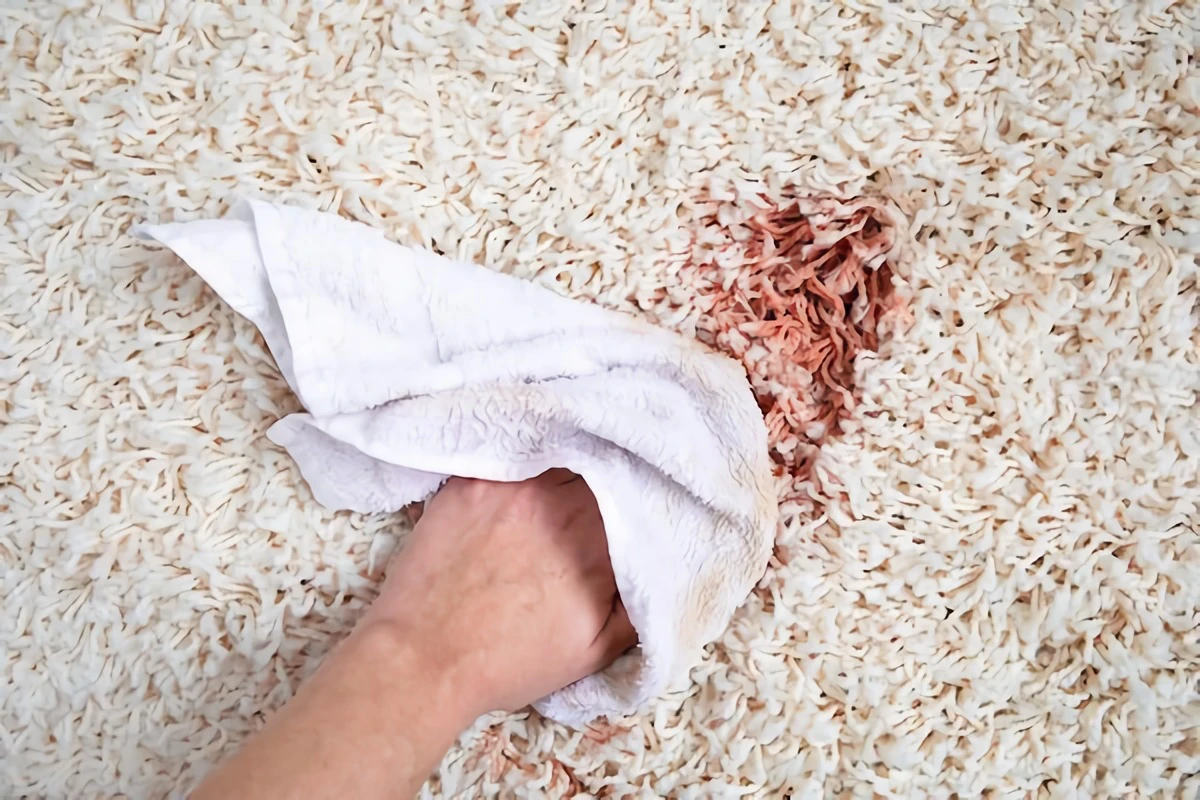
Ultimately, isopropyl alcohol is an amazing tool when you understand it. By picking the right concentration for the job, using the proper technique, and always putting safety first, you can get professional results every time. There are no shortcuts, just smart work.
Inspiration:
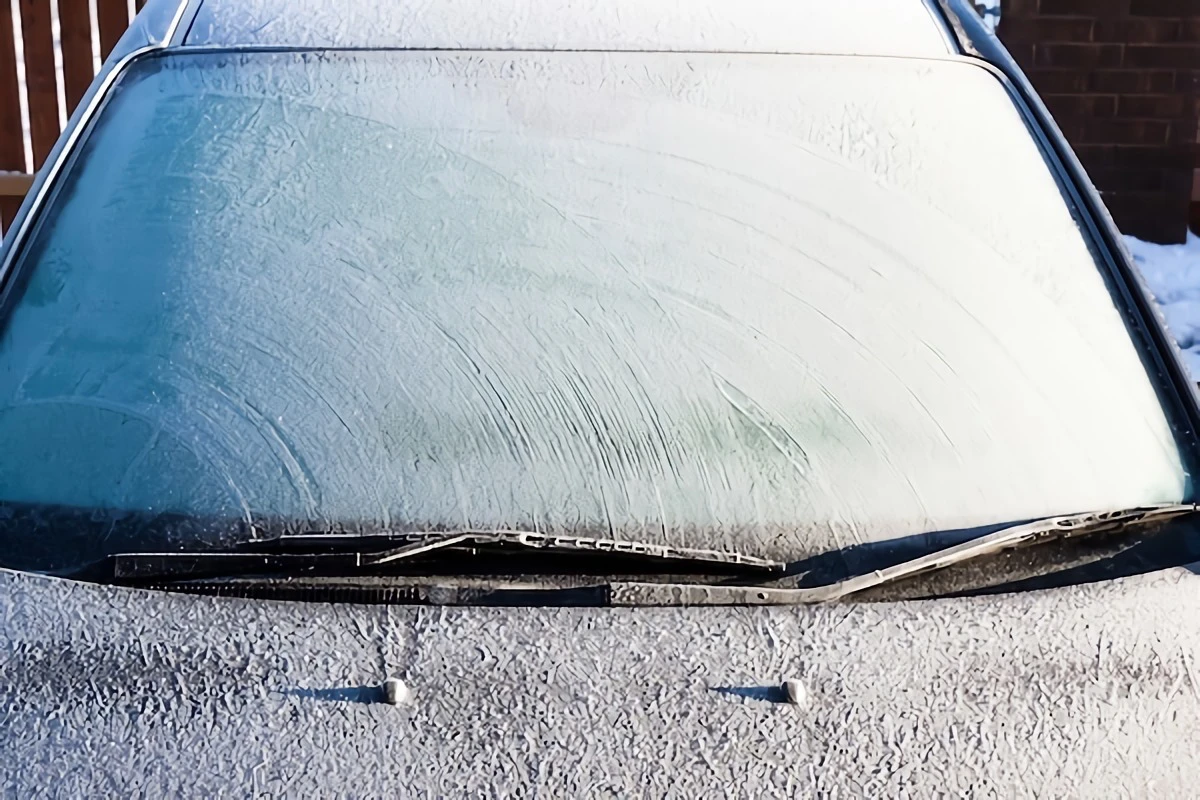
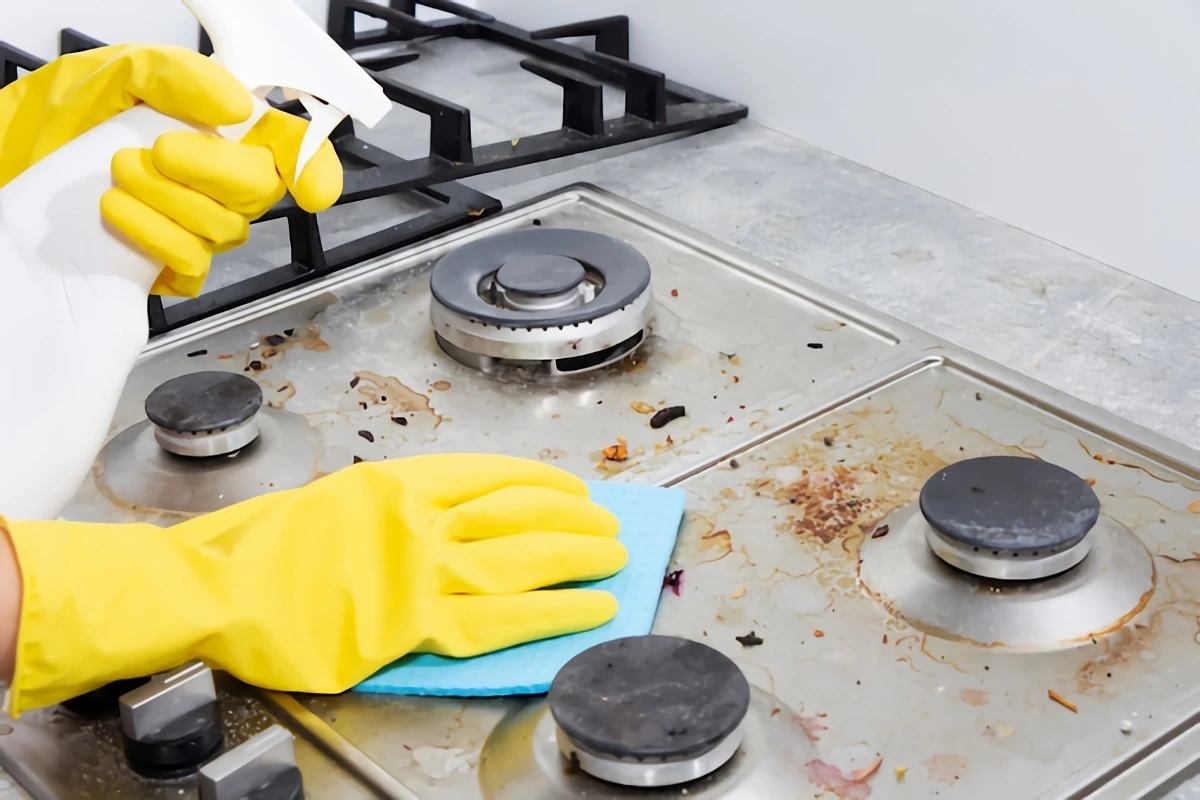
99% Isopropyl Alcohol: The gold standard for cleaning electronics. It’s a pure solvent that’s perfect for removing thermal paste from a CPU or cleaning flux from a circuit board because it evaporates instantly, leaving zero residue.
Dedicated Contact Cleaner: A product like WD-40 Specialist Contact Cleaner does more than just clean. It often includes additives that protect against future corrosion and can lubricate moving parts like potentiometers or switches.
For pure, residue-free cleaning, IPA is unbeatable. For components that move or need protection, a specialized spray is the pro choice.
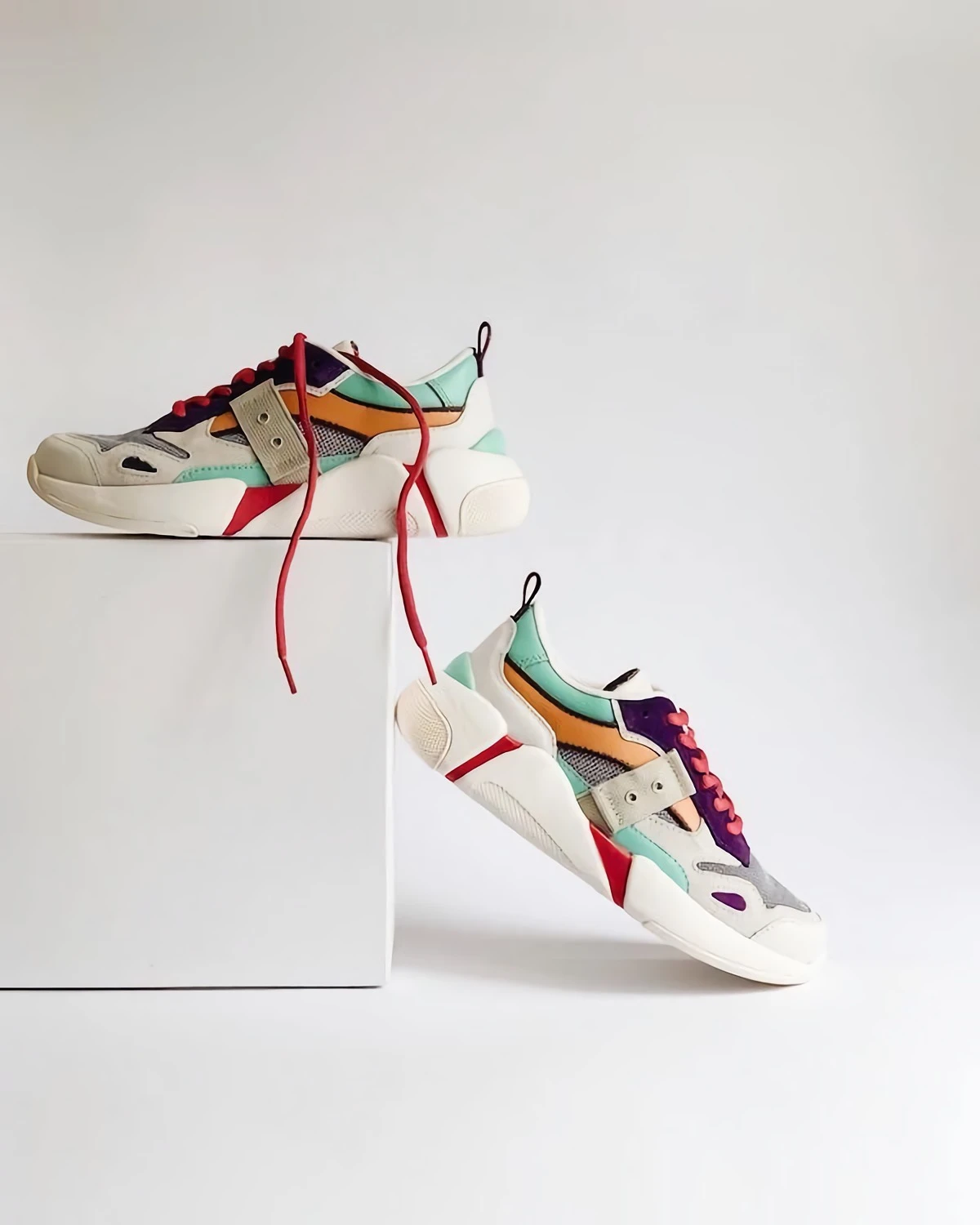
- Removes stubborn, greasy fingerprints from stainless steel appliances without leaving streaks.
- Dissolves the sticky residue left behind by price tags and labels on glass or metal.
- Acts as an excellent pre-treatment before applying adhesives or paint for a perfectly clean surface.
The secret? Isopropyl alcohol is a powerful degreaser that breaks down oils and adhesives that water alone can’t touch, then evaporates completely.
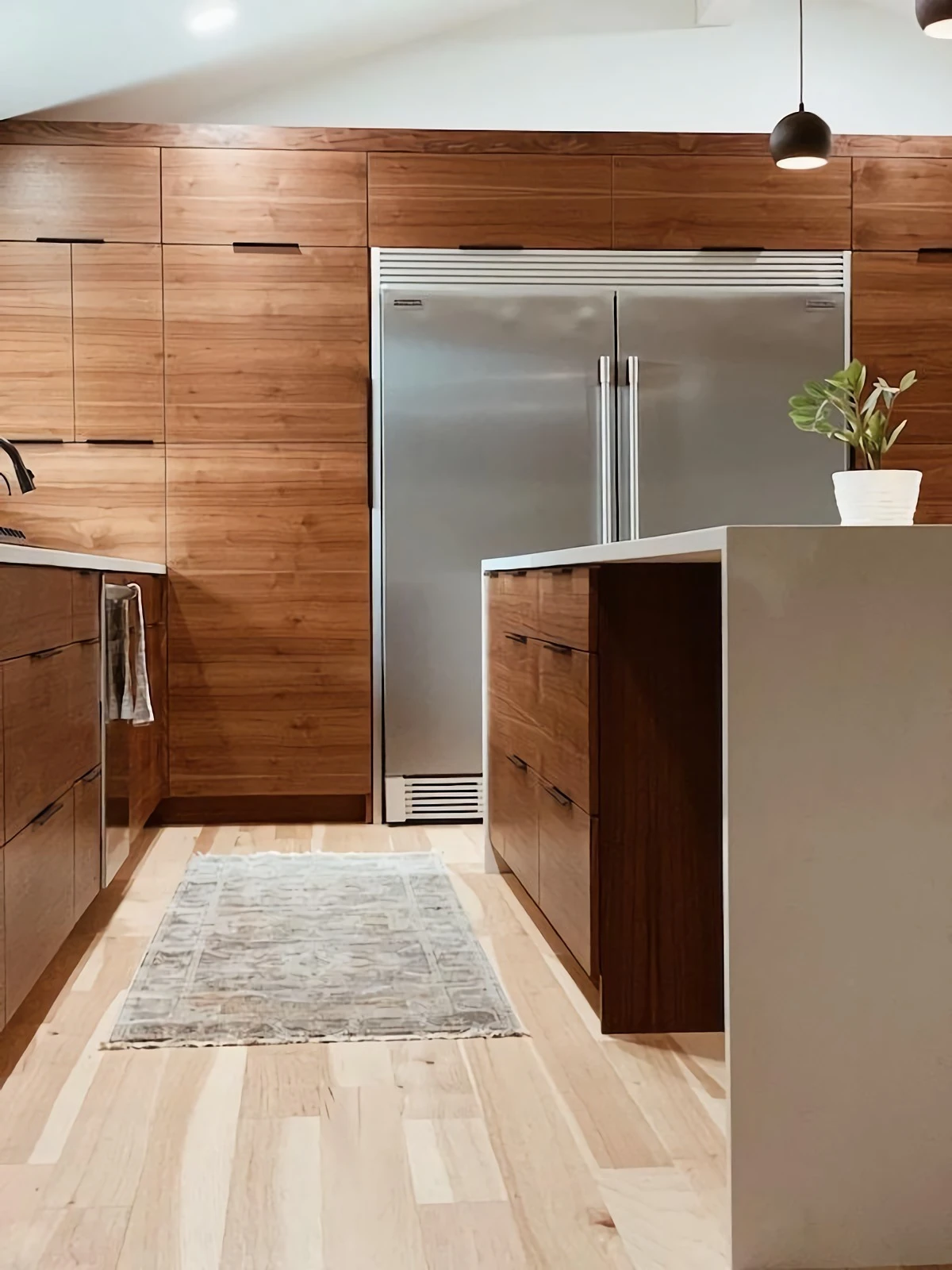
Did you know that isopropyl alcohol is hygroscopic? This means it actively attracts and absorbs water molecules from the air.
This property is a double-edged sword. While it helps displace water from a wet phone’s circuitry (a common emergency trick), it also means an open bottle will gradually absorb moisture, lowering its purity over time. Always keep your IPA bottle tightly sealed to maintain its effectiveness, especially for high-purity versions like 99%.
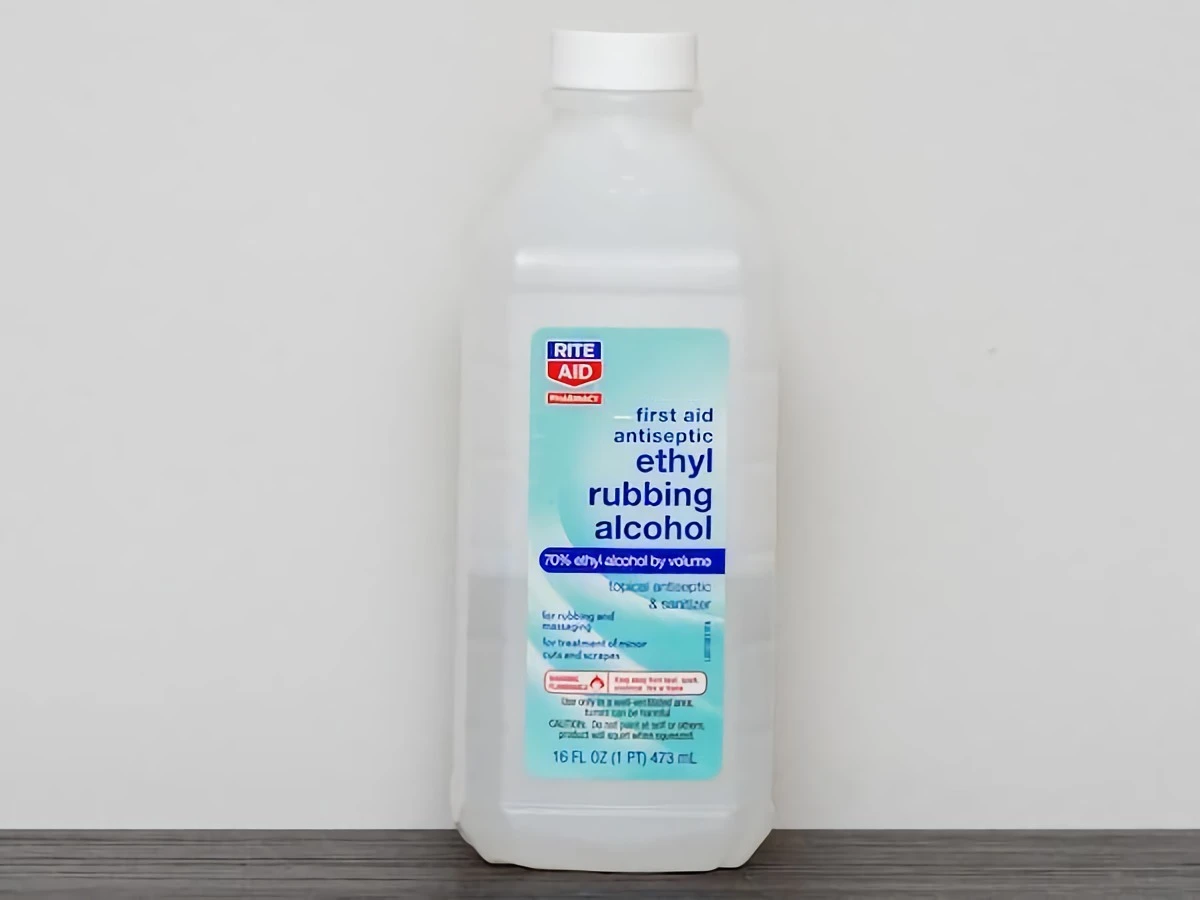
Can I really use rubbing alcohol to de-ice my car’s windshield in a pinch?
Absolutely, and it’s basic chemistry at work. A simple spray made of two parts 70% isopropyl alcohol and one part water is a highly effective de-icer. The alcohol drastically lowers the freezing point of water, causing ice and frost to melt on contact. It’s much safer for your car’s paint and rubber seals than harsh scrapers or corrosive salt-based products.
When tackling ink or permanent marker stains on fabric, don’t just pour IPA on it. Place a clean, absorbent cloth *behind* the stained area. Then, use another cloth dampened with 91% IPA to gently dab the stain. This pushes the ink *through* the fabric and onto the absorbent cloth below, rather than just spreading it around the surface.










